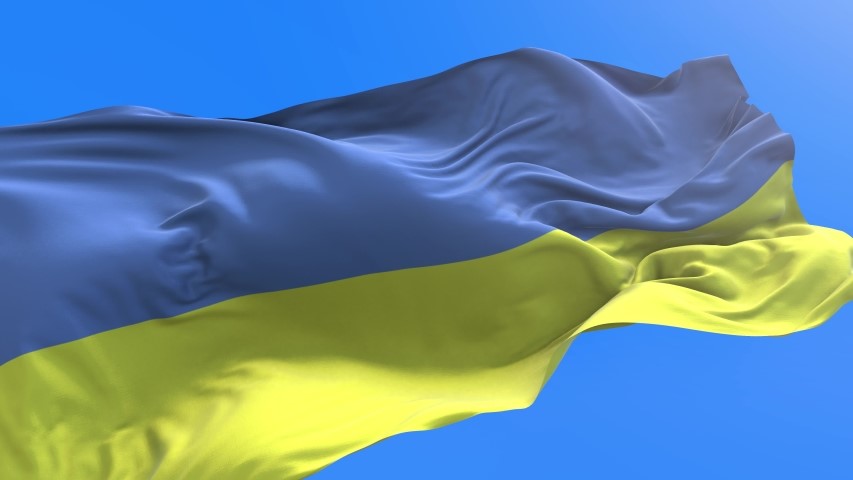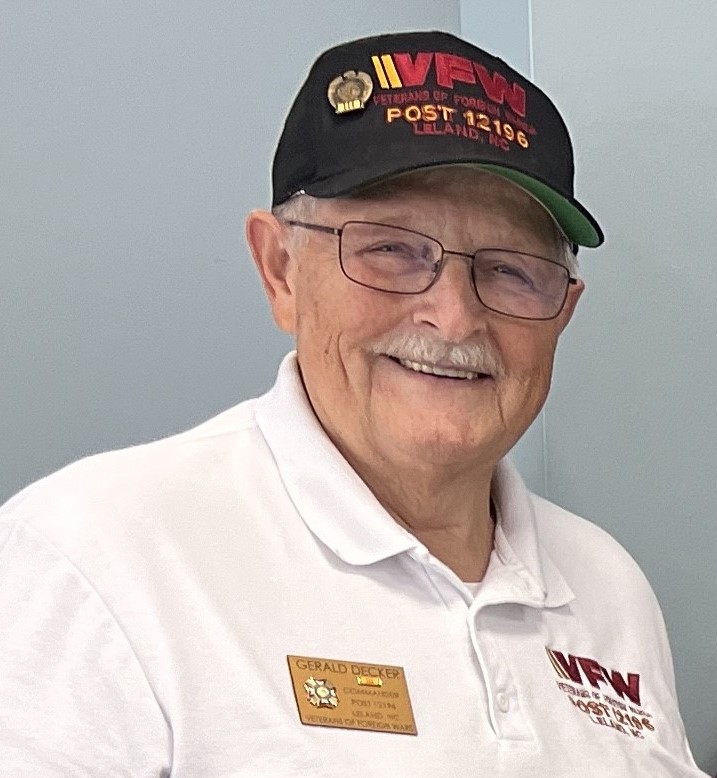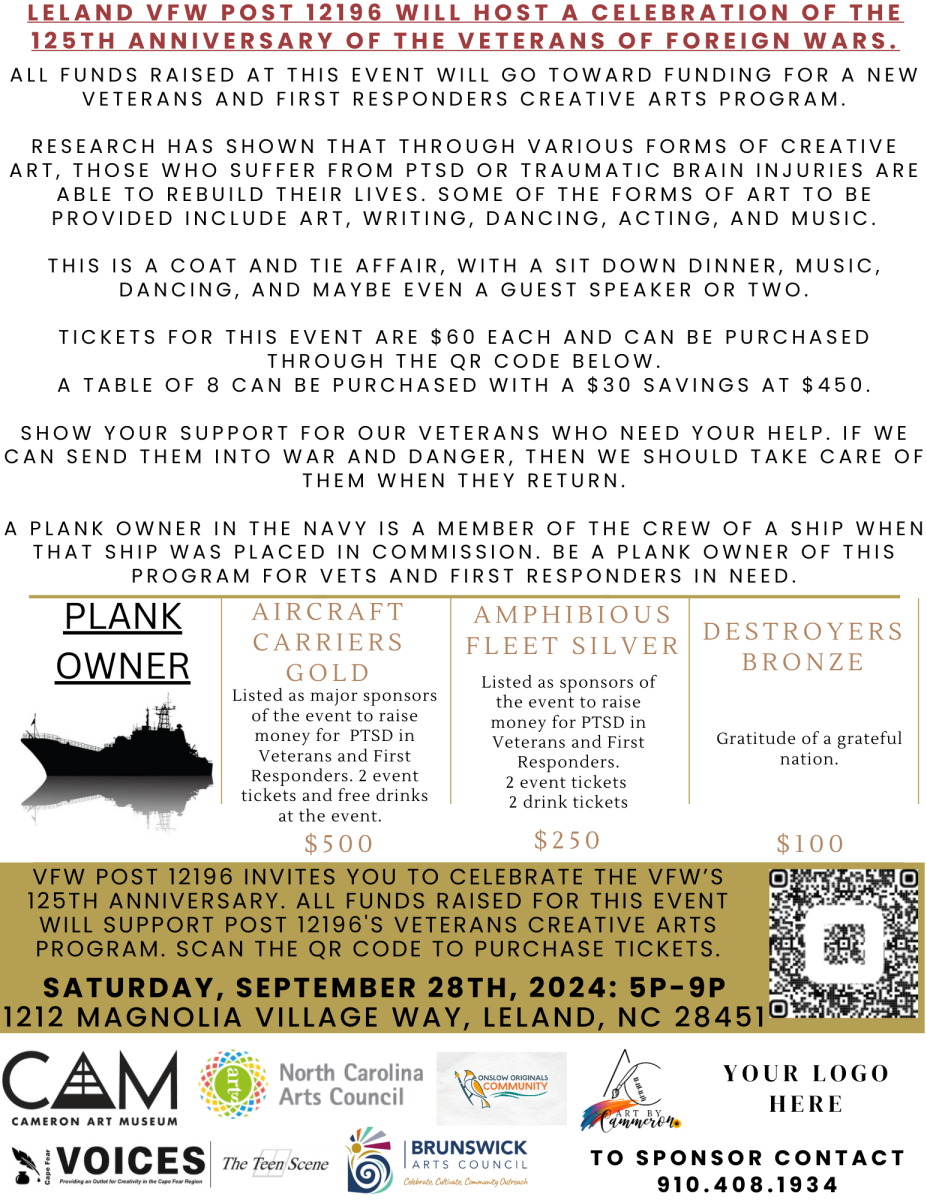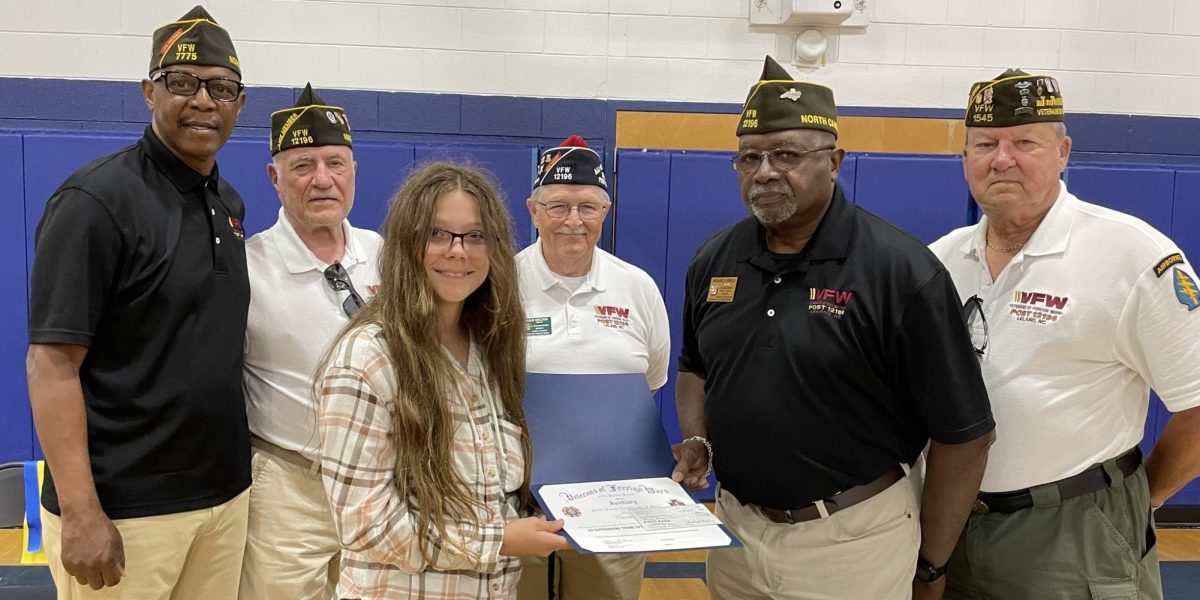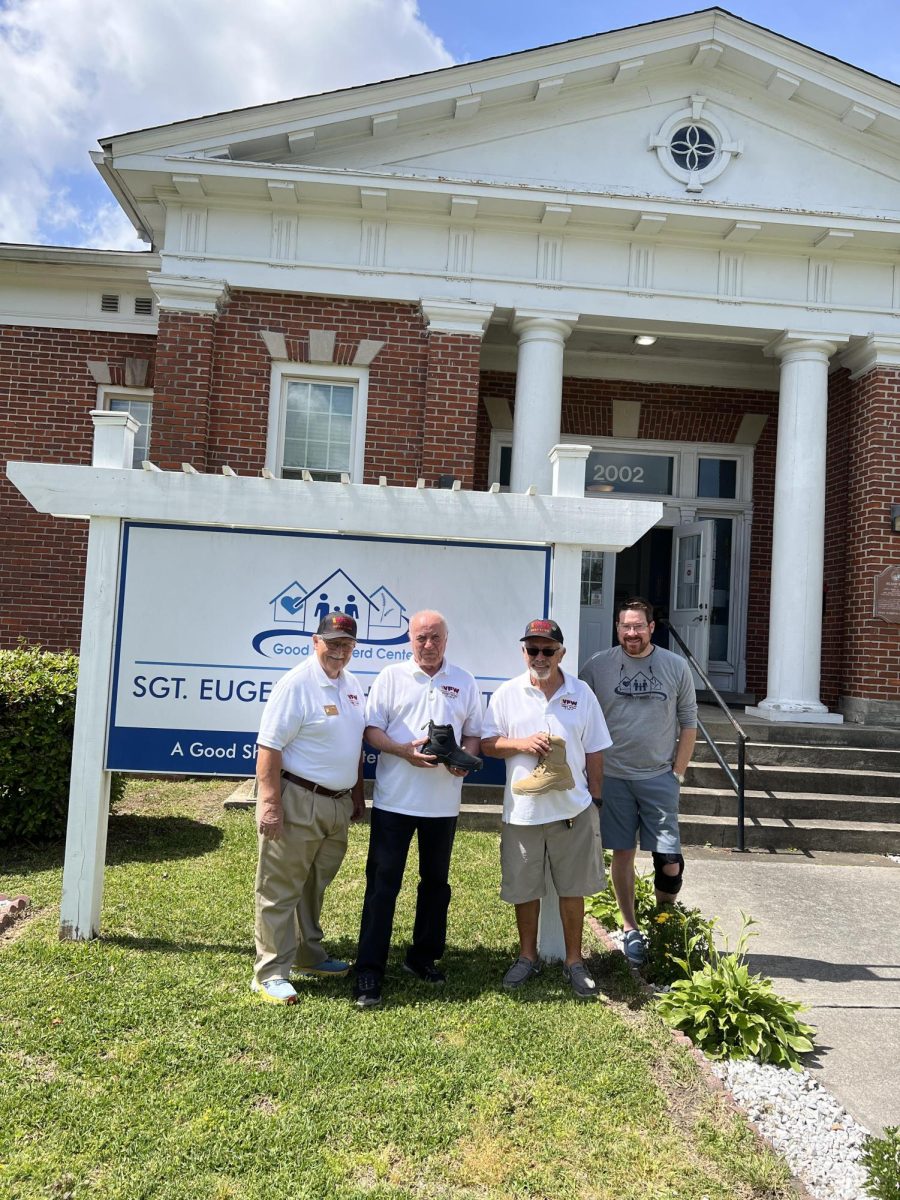How did the US become involved in the Vietnam Conflict?
French Indochina was a French colony, so Nazi Germany’s conquest of France in May 1940, allowed the Vichy French government to take control. The Japanese then invaded French Indochina, occupying it until the end of World War II.
In 1941 the Viet Minh, a communist movement led by Hồ Chi Minh, started a guerilla war against the Japanese. The US liked Hồ and the Viet Minh because of their fight against the Japanese.
When Japan surrendered ln 1945, Hồ proclaimed the Democratic Republic of Vietnam to be independent of France. France then went to war with the Viet Minh but was only able to seize southern Vietnam. The Viet Minh resorted to guerilla warfare in retaliation.
In 1946, Hồ sent several communications to the US asking for support but never received a response. Instead, the US let the world know that the Viet Minh were communists and that the French presence in Vietnam was imperative to prevent an expansion of communism. Thus, Vietnam was identified by the US as a participant in the Cold War between the Soviets and the US. So, the US now turned against Hồ.
In 1947, the US stated that its US foreign policy existed to assist any country threatened by communism and then in 1950 began to back France by sending military supplies.
In 1954, French troops were defeated by the Viet Minh at the historic battle of Dien Bien Phu. Hồ negotiated a favorable ceasefire ending French colonialism. French Indochina was dissolved into three countries – Vietnam, Cambodia, and Laos. Failure to abide by the agreement led to the creation of North and South Vietnam, and subsequently, the Vietnam Conflict.
In 1955, President Eisenhower considered the partition of Vietnam to be a victory for the US in the Cold War. To ensure a noncommunist South Vietnam, Eisenhower offered support by deploying 700 military advisors to train the South Vietnamese army and economic aid.
In 1959, Hồ organized a guerrilla movement in the South called the Viet Cong, and the first US soldiers are killed in South Vietnam. US assistance was foundering when President Kennedy authorized an additional 500 military advisors to South Vietnam in 1961. Kennedy asserted that Americans would “pay any price, bear any burden” to support democratic nation-building that would counter communism in Asia. He signed the Foreign Assistance Act in 1962 that provided “… military assistance to countries on the rim of the Communist world and under direct attack” and in 1963, increased military advisors to 16,000. The US was then identified with what many believe to have been an oppressive South Vietnamese regime.
In 1963 President Johnson ascribed to the “domino theory,” believing that South Vietnam was the victim of communist aggression. He said that if the US failed to step in, a negative message would be sent that the US was not committed to containing communism. By 1964 the war was going badly for the South, but Johnson hesitated to send more troops, trying to balance his domestic “Great Society” against the mounting crisis in Vietnam.
Later in 1964, the destroyer USS Maddox, was reportedly pursued by North Vietnamese torpedo boats in the Gulf of Tonkin. The destroyer fired warning shots, and the Vietnamese boats returned fire. In response, Johnson called for airstrikes on North Vietnamese patrol boat bases. Two days later, the US claimed that its ships were again pursued by torpedo boats, although the US later admitted that the second incident never occurred. Five days later, Johnson persuaded Congress to pass the Gulf of Tonkin Resolution, authorizing him to “take all necessary measures” against any aggressor.
In 1965, the first American combat troops – the 9th Marine Expeditionary Brigade – waded ashore at China Beach introducing US ground forces into the mix. US involvement in the Vietnam Conflict escalated from that point until 1973. When our involvement was terminated, close to three million Americans had served in-country, with close to 60 thousand killed. Over three hundred thousand had been wounded, and nearly 16 hundred are still listed as MIA. So, all in all, an expensive military assistance mission.



